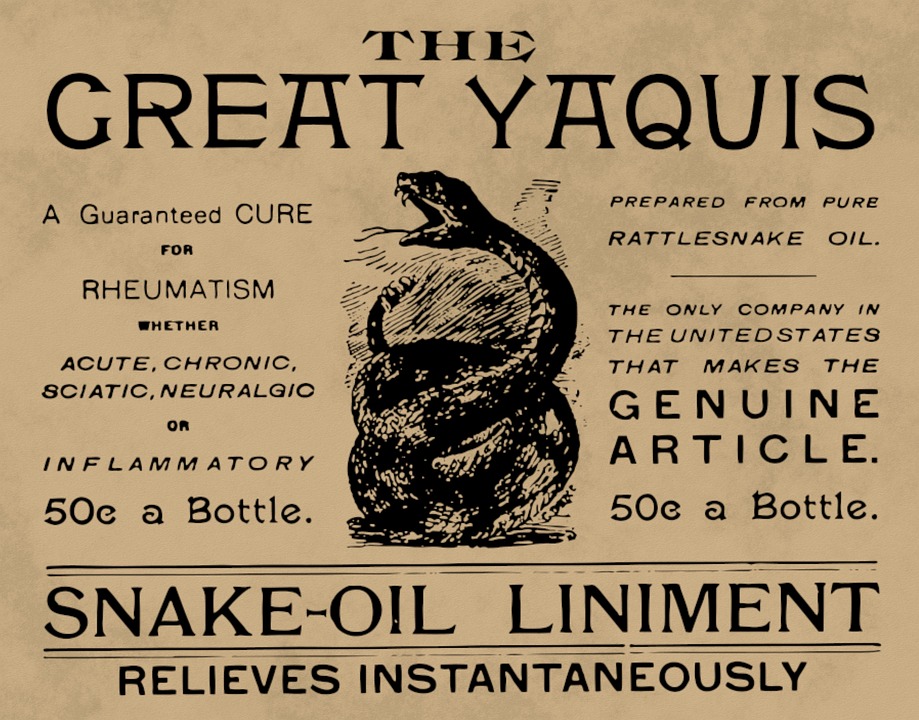As a website designer or developer, it’s important to understand the psychology of color, and how it can impact the users’ experience on your website. Colors can evoke different emotions or reactions in people, and by using them strategically, you can create a website that’s not only visually appealing but also effective in achieving your business objectives.
Here are some of the ways you can use the psychology of color to your advantage when designing a website:
1. Know Your Brand’s Personality:
Before selecting any colors for your website design, it’s important to think about your brand and the personality you want to convey. For example, if you’re designing a website for a luxury brand, colors like navy blue, gold, and silver might be more appropriate than bright red or neon colors. On the other hand, if you’re designing for a children’s brand, bright and playful colors like yellow, pink, and orange might be more effective in attracting their attention.
2. Use Colors to Guide User Attention:
Colors can be used to direct users’ attention to key areas on the website, such as calls to action (CTAs) or important information. For example, if you want users to click on a specific button on the page, you can make it stand out by using a contrasting color that’s different from the rest of the page’s color scheme. Alternatively, you can use color to highlight specific sections of the page, like a product image or a special offer, to grab the user’s attention.
3. Create a Consistent Color Scheme:
One of the most important things to keep in mind when using color in website design is to create a consistent color scheme. This means using complementary colors that work well together and avoiding clashing colors that create a disjointed look. By creating a consistent color scheme, you’ll create a visual hierarchy that makes it easier for users to navigate your website.
4. Use Colors to Evoke Emotions:
Colors can also be used to evoke different emotions or moods in users. For example, blue is often associated with trust, tranquility, and professionalism, while red is associated with excitement, passion, and urgency. By using the right colors in the right context, you can create an emotional connection with your users and encourage them to take action.
5. Use White Space to Your Advantage:
White space, or negative space, refers to the empty areas on your website that surround content. While not technically a color, white space is an important design element that can impact how users perceive your website. By using white space effectively, you can create a clean, uncluttered design that’s easy on the eyes and allows users to focus on the important content on the page.
In conclusion, the psychology of color can have a significant impact on how users perceive and interact with your website. By understanding how different colors can evoke emotions or guide user attention, you can create a website that’s visually appealing, easy to navigate, and effective in achieving your business objectives.





